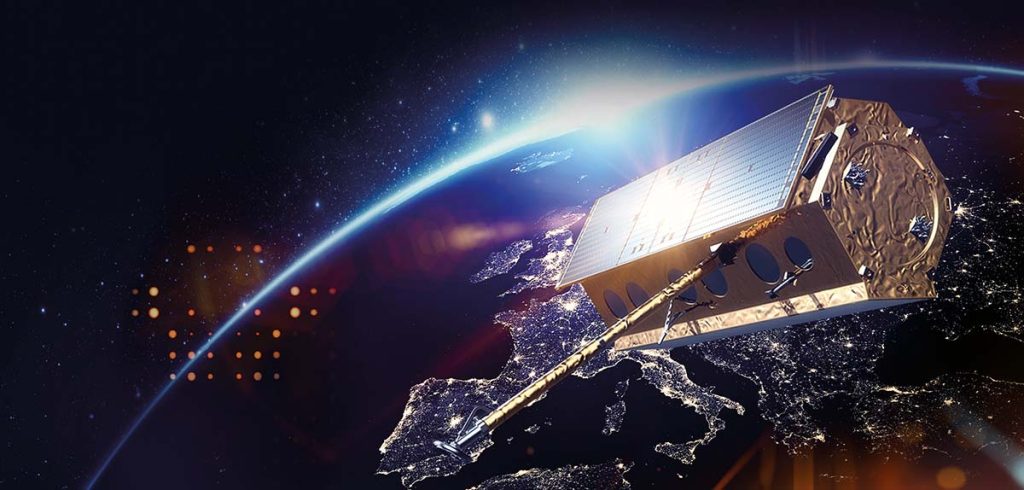PAZ, the first Spanish Earth observation satellite with high-resolution radar technology, has turned five. In February 22, 2028, a F9 launch vehicle of the SpaceX North American company successfully put it in orbit, starting its adventure.
A pioneer in incorporating a dual-use (civilian and military) Earth observation system, PAZ has accrued 1,826 days in orbit at 514 kilometers from Earth. It has generated 114,000 images with valuable information about any point on Earth’s surface and has become an essential technological asset thanks to its ability to capture high-precision images both day and night under any meteorological condition.
During these five years, PAZ has yielded images for use in national security and defense, as well as many others for civilian use. The Spanish satellite has assisted in the management of risks and emergencies, environmental surveillance, and in the supervision of major works and infrastructure and the monitoring of marine traffic, among others.
The monitoring of the development of the La Palma Island volcanic eruption is one of the most high-profile examples where PAZ played an essential part. The images provided by the satellite assisted in monitoring the impact of the eruption at all times, the changes on the land and the lava flow.
PAZ, which positioned Spain among the European leaders in radar satellite technology, has operated for users in 25 countries and closely collaborates with international organizations such as the European Space Agency (ESA), the European Maritime Safety Agency (EMSA), NATO and NASA.
PAZ’s success story would not have been possible without the support of the Ministry of Defense, the industry and science. Likewise, it would not have come to fruition without the involvement of no small part of the Spanish industry, which undertook a project like no other in the sector. 15 Spanish companies and three universities participated in the construction and development of PAZ.
PAZ has turned five, but it still has another five more years of service life ahead. Until 2028, it will remain active, generating images that will show us what is transpiring on the surface of Earth.





